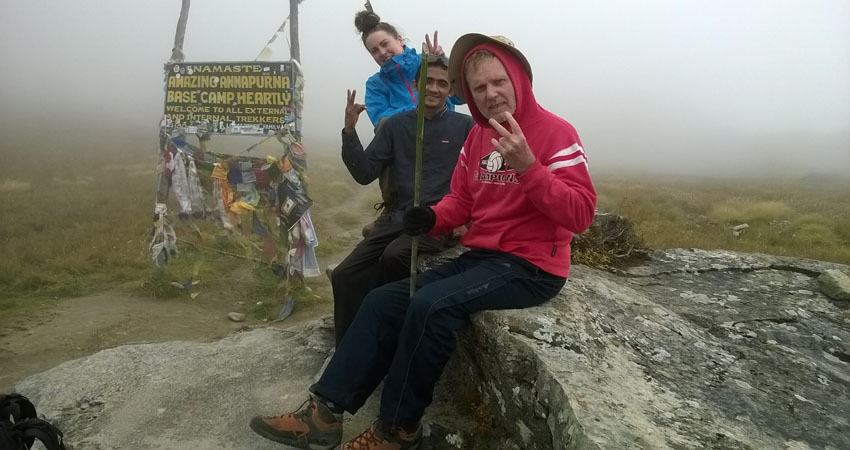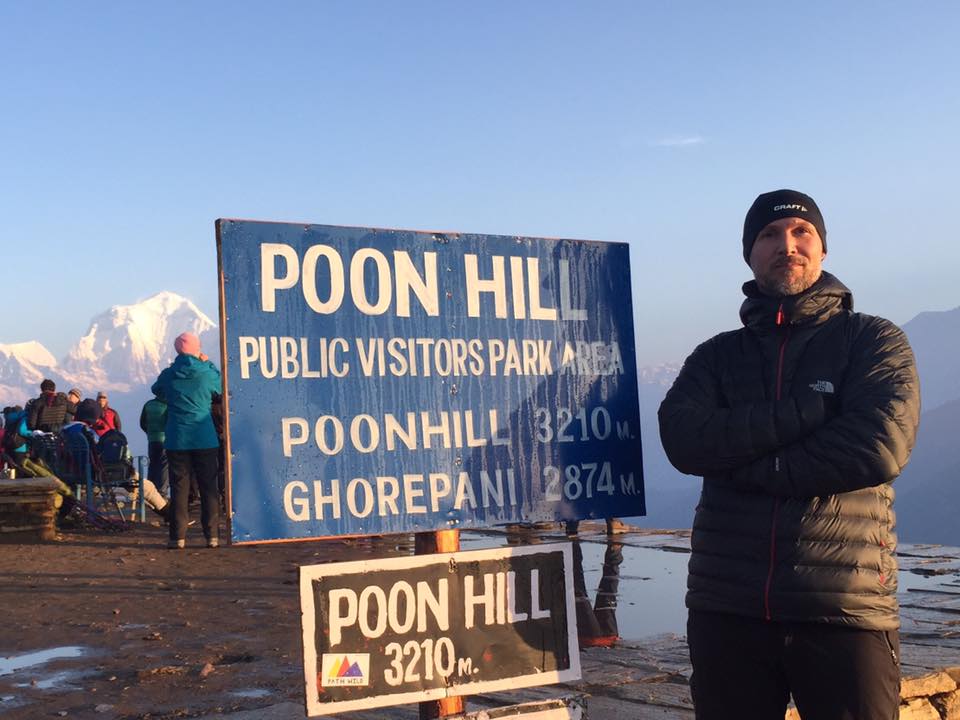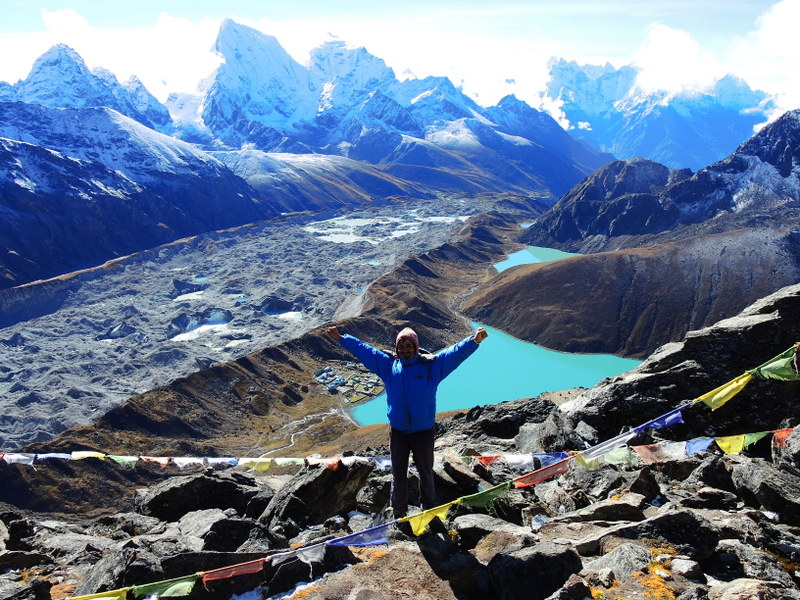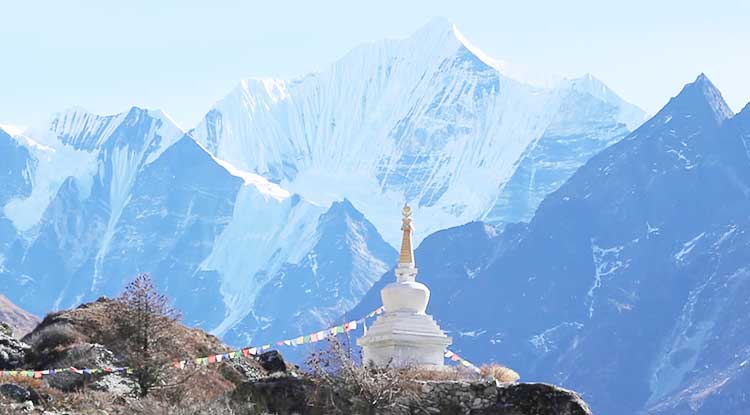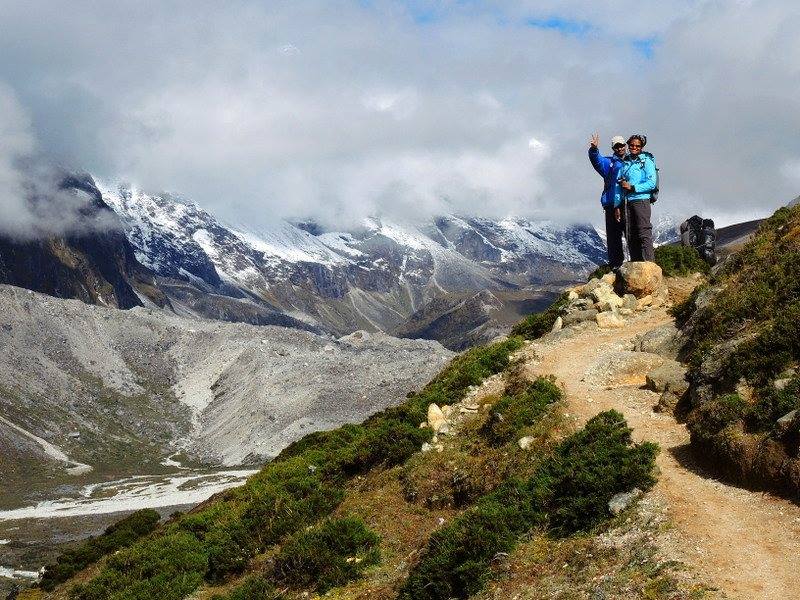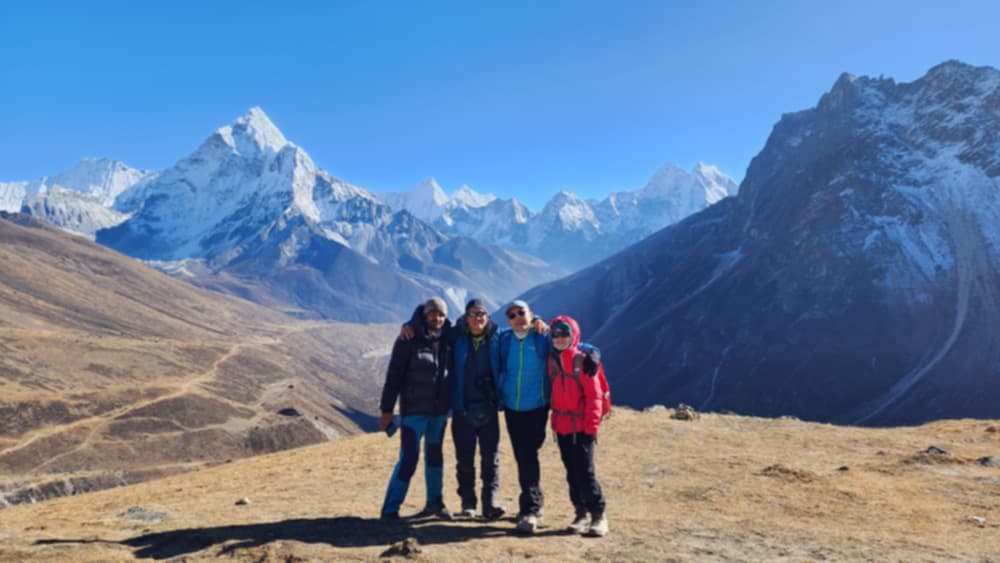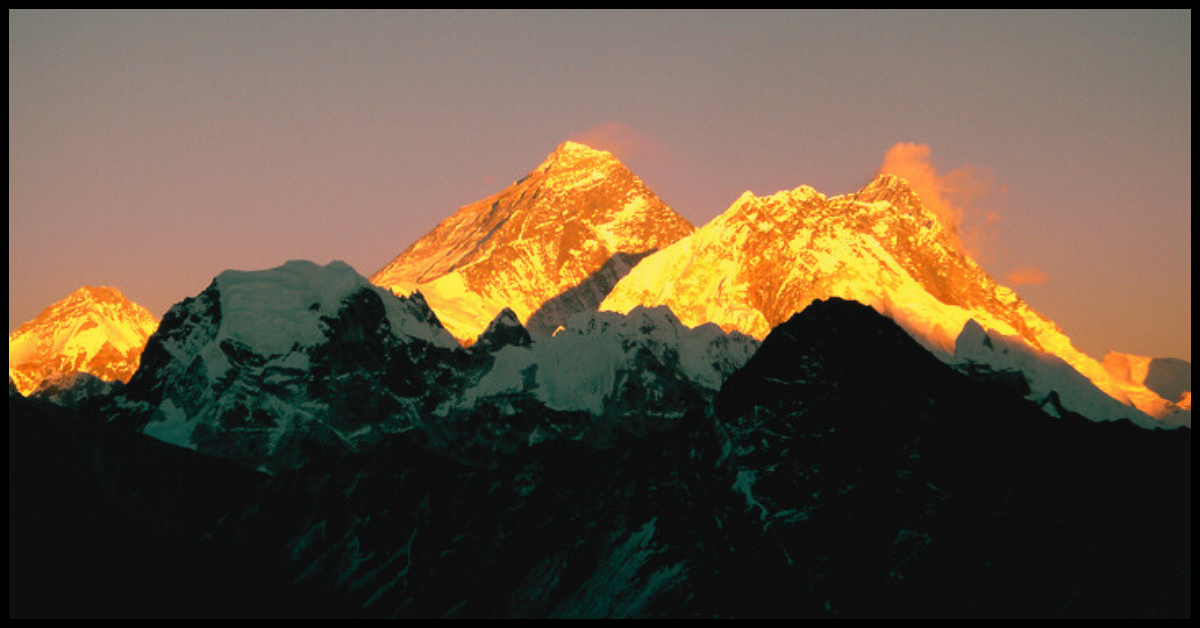Tour Description
Overview of Mount Everest
Mount Everest, the highest mountain on Earth, stands at an awe-inspiring 8,848 meters (29,029 feet) above sea level. Situated in the Solukhumbu district of Nepal, it marks the border between Nepal and Tibet, an autonomous region of China. Known locally as Sagarmatha in Nepali, meaning “Peak of Heaven,” and Chomolungma in Tibetan, meaning “Mother Goddess of the World,” this iconic peak attracts adventurers from around the globe. The mountain was named after Sir George Everest, a British surveyor, in the 19th century.
Scaling Everest is a feat reserved for experienced mountaineers equipped with the necessary skills, health certifications, and trained Nepalese guides. The extreme altitude creates a “death zone” above 8,000 meters, where oxygen levels are critically low. Climbers face challenges such as unpredictable weather, sub-zero temperatures, and altitude sickness. Despite these risks, reaching Everest’s summit remains a lifelong ambition for many, symbolizing perseverance and achievement.
Beyond its physical allure, Everest offers a cultural and spiritual journey. The region is home to the Sherpa community, renowned for their mountaineering expertise and rich Buddhist traditions. Trekkers encounter monasteries, prayer wheels, and breathtaking landscapes that connect them to the local heritage. With its unique blend of adventure, natural beauty, and cultural depth, Everest trekking is not merely a climb but a transformative experience.
Adventure and Challenges
Everest captivates the attention of experienced climbers and adventure enthusiasts worldwide. However, summiting the peak requires significant prior mountaineering experience, excellent physical fitness, and certified guides from Nepal. Due to the high altitude and thin oxygen levels, climbers often rely on supplemental oxygen. The area above 8,000 meters (26,246 feet), known as the “death zone,” poses extreme risks such as altitude sickness and cerebral edema.
Estimated to be 50–60 million years old, Everest is relatively young in geological terms. In 1953, Sir Edmund Hillary of New Zealand and Tenzing Norgay, his Sherpa guide, became the first recorded individuals to successfully reach the summit. The mountain’s harsh climate features freezing temperatures and unpredictable weather, limiting native flora and fauna. Rare species like snow leopards, red pandas, and Himalayan Tahrs inhabit the region, alongside vegetation such as rhododendrons, junipers, and bamboo.
1) Climate and Weather
The mountain climate is dynamic and often unpredictable. The average temperature hovers around 17°C, making it the coldest part of the year. While Everest Base Camp (EBC) is accessible year-round, each season offers unique trekking experiences. Spring and autumn are particularly popular, but monsoon and winter treks also have their own appeal.
Spring and Autumn
Spring (March to May) is one of the most favorable times to visit EBC. Days are generally warm with temperatures rising quickly, though nights can still dip below freezing. The weather is often clear, with long daylight hours and stunning summit views. Similarly, autumn (September to November) offers bright, crisp days with clear skies following the monsoon. Highs can reach 17°C, but occasional strong winds may add a chill. These seasons provide excellent visibility of the surrounding peaks and landscapes.
Monsoon and Winter
The monsoon season (June to August) brings significant rainfall, which makes trails slippery and challenging to navigate. Despite the higher temperatures, peaking at around 22°C, the lush greenery and serene environment attract adventurers and nature enthusiasts. Winter (December to February) ushers in snow and icy conditions. Though cold, the clear skies and fewer crowds make for a peaceful and memorable trekking experience.
2) Local Culture and Religion
The Everest region is home to the Sherpa community, known for their resilience and deep connection to the mountains. Other ethnic groups, such as Tamang and Rai, also inhabit the area. Sherpa culture is rich, with a distinct language primarily spoken but occasionally written using Tibetan or Devanagari scripts. Many Sherpas are multilingual, often speaking Nepali along with languages used by visitors.
Religious life centers around Buddhist practices, with gompas (monasteries) playing a vital role. Tengboche Monastery, the region’s first celibate monastery, is a significant spiritual hub. Villages are adorned with prayer walls, stupas, and rows of spinning prayer wheels. Festivals like Lhosar and Mani Rimdu are celebrated with great enthusiasm, particularly at Tengboche Monastery.
3) Food
Trekking at high altitudes can be physically demanding, so nourishing meals are essential. Teahouses along the trail serve a variety of hot, freshly prepared dishes, including both Nepali and Western cuisines. Popular options include energy-rich foods like rice, lentil soup, noodles, potatoes, and cereals. Hot beverages such as tea are also widely available to keep you warm and hydrated.
4) Accommodation
The majority of accommodations in the Everest region are managed by the Sherpa community, particularly in Namche Bazaar. Trekkers can expect friendly hospitality in teahouses or opt for more luxurious lodges that offer upgraded amenities. Standard rooms are typically twin-sharing, with basic bedding and shared bathrooms. Luxurious options in some lodges provide attached bathrooms and better facilities. Hot showers are commonly available, either gas-heated or through buckets of hot water. Wi-Fi is accessible in most areas, although the connection may vary in speed and reliability.
5) Travel Insurance
We strongly advise securing travel insurance before embarking on your trek. Ensure your policy covers emergencies in high-altitude regions, including accidents and helicopter evacuations. While we prioritize your safety and strive to minimize risks, unforeseen circumstances may arise. Having comprehensive insurance ensures peace of mind during your journey.
6) Guides and Porters
According to the Nepal Tourism Board, all trekking activities must include a government-licensed guide and porter. Our guides and porters are dedicated to ensuring your safety and providing an unforgettable trekking experience. In addition to prioritizing your safety, we also provide insurance coverage for our guides and porters, reflecting our commitment to their well-being.
7) Altitude Sickness
Altitude sickness can occur when ascending to high altitudes too quickly. Symptoms may include headaches, nausea, and fatigue as the body adjusts to lower oxygen levels and reduced air pressure. To minimize the risk:
- Rest where you are and avoid going higher for 24–48 hours.
- Stay hydrated and avoid smoking, alcohol, and strenuous exercise.
- Opt for foods rich in carbohydrates, such as bread, pasta, rice, fruits, and milk.
- By taking these precautions, you can better enjoy your trek while reducing the likelihood of altitude-related issues.

